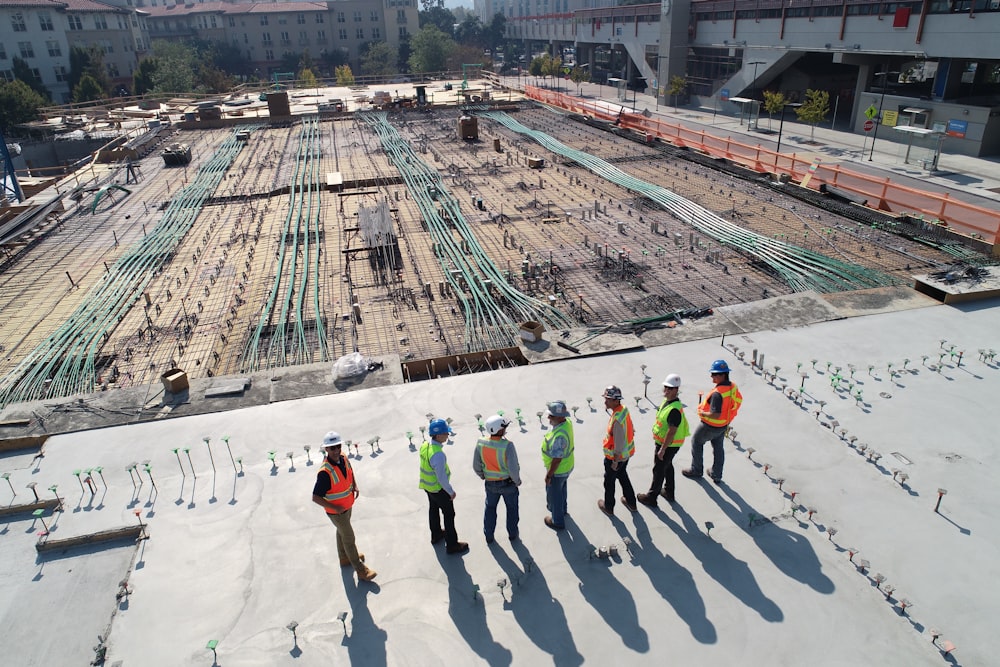Understanding Civil Fraud Litigation: Key Legal Insights
Introduction:
Civil fraud litigation is a complex legal process that requires a deep understanding of legal principles and strategic maneuvering. In this article, we delve into key insights to help navigate civil fraud litigation effectively, providing essential guidance for those embarking on this legal journey.
Identifying Fraudulent Conduct:
The first step in civil fraud litigation is to identify and understand the fraudulent conduct at issue. This involves gathering evidence, conducting investigations, and uncovering deceptive practices employed by the opposing party. By pinpointing the fraudulent conduct early on, legal teams can build a strong case foundation.
Proving Fraudulent Intent:
In civil fraud cases, proving fraudulent intent is essential for a successful outcome. This requires demonstrating that the defendant knowingly engaged in deceptive behavior with the intent to deceive or defraud the plaintiff. Proving fraudulent intent often involves analyzing circumstantial evidence, patterns of conduct, and motive.
Establishing Material Misrepresentation:
Central to civil fraud litigation is establishing material misrepresentation, wherein the defendant made false statements or omissions that influenced the plaintiff’s decision-making process. Legal teams must meticulously gather evidence to demonstrate how the misrepresentation directly impacted the plaintiff’s actions or caused harm.
Navigating Legal Standards:
Navigating the legal standards applicable to civil fraud litigation can be challenging. Courts often apply varying standards of proof, such as the preponderance of evidence or clear and convincing evidence, depending on the jurisdiction and nature of the case. Understanding these legal standards is crucial for presenting a compelling argument.
Exploring Remedies and Damages:
In civil fraud litigation, plaintiffs may seek various remedies and damages to address the harm caused by the fraudulent conduct. These may include monetary damages, injunctive relief, rescission of contracts, or punitive damages. Legal teams must assess the available remedies and tailor their strategy to best serve the interests of their clients.
Navigating Procedural Challenges:
Navigating procedural challenges is an integral part of civil fraud litigation. This may involve addressing jurisdictional issues, statute of limitations constraints, or complex procedural rules. Legal teams must carefully navigate these challenges to ensure their case proceeds smoothly through the legal system.
Leveraging Alternative Dispute Resolution:
In some cases, alternative dispute resolution mechanisms such as mediation or arbitration may offer a more efficient and cost-effective means of resolving civil fraud disputes. Legal teams should consider these options carefully and assess their suitability based on the specific circumstances of the case.
Building a Strong Legal Team:
Building a strong legal team is essential for success in civil fraud litigation. This includes assembling experienced attorneys, investigators, and experts who can collaborate effectively to build a compelling case. Effective communication and coordination among team members are crucial for achieving favorable outcomes.
Conclusion:
Navigating civil fraud litigation requires a comprehensive understanding of legal principles, strategic planning, and diligent execution. By identifying fraudulent conduct, proving intent, establishing misrepresentation, navigating legal standards, exploring remedies, addressing procedural challenges, leveraging alternative dispute resolution, and building a strong legal team, parties can enhance their chances of success in civil fraud litigation. Read more about civil fraud litigation



